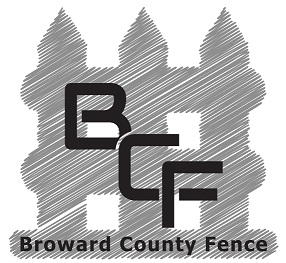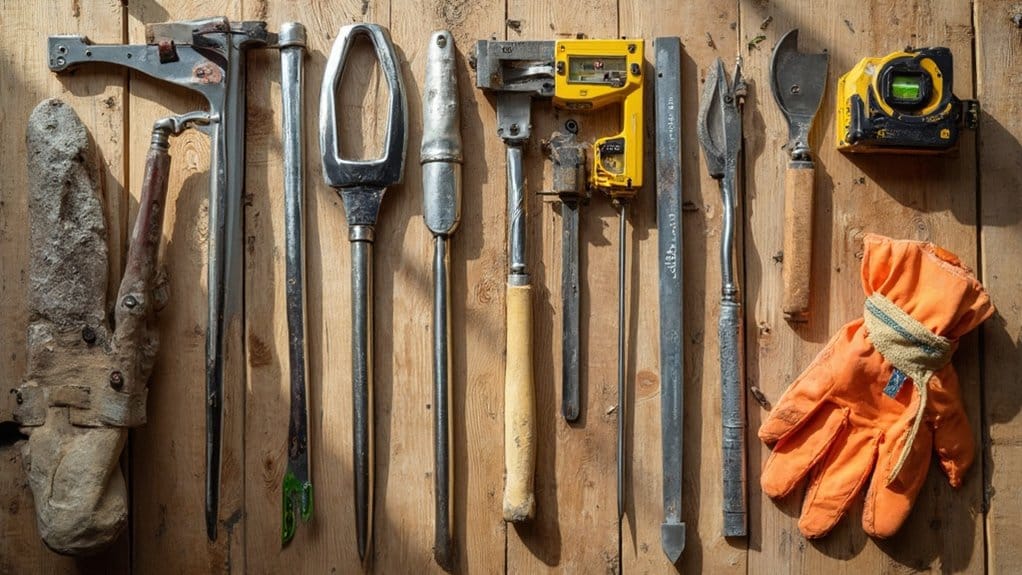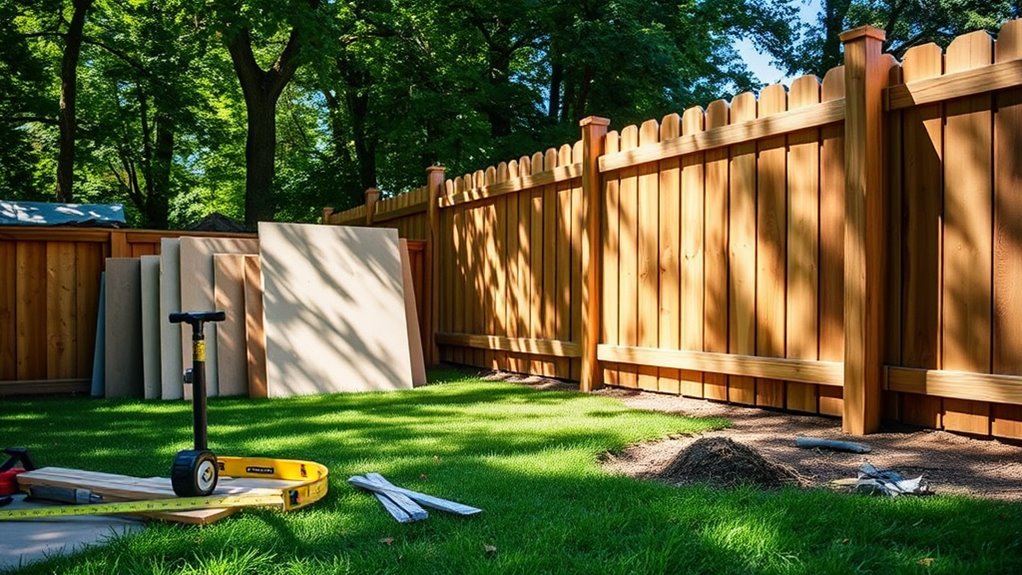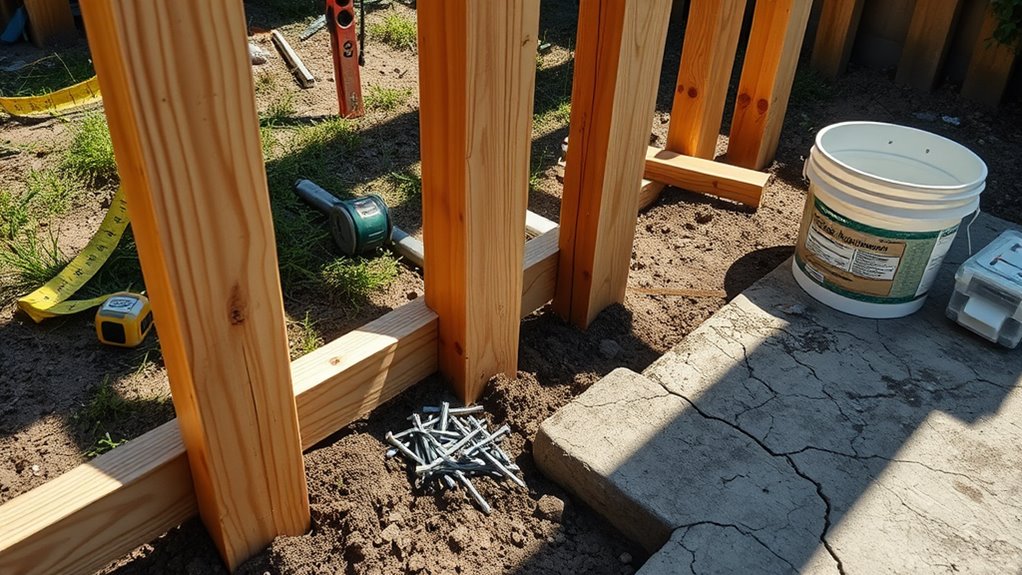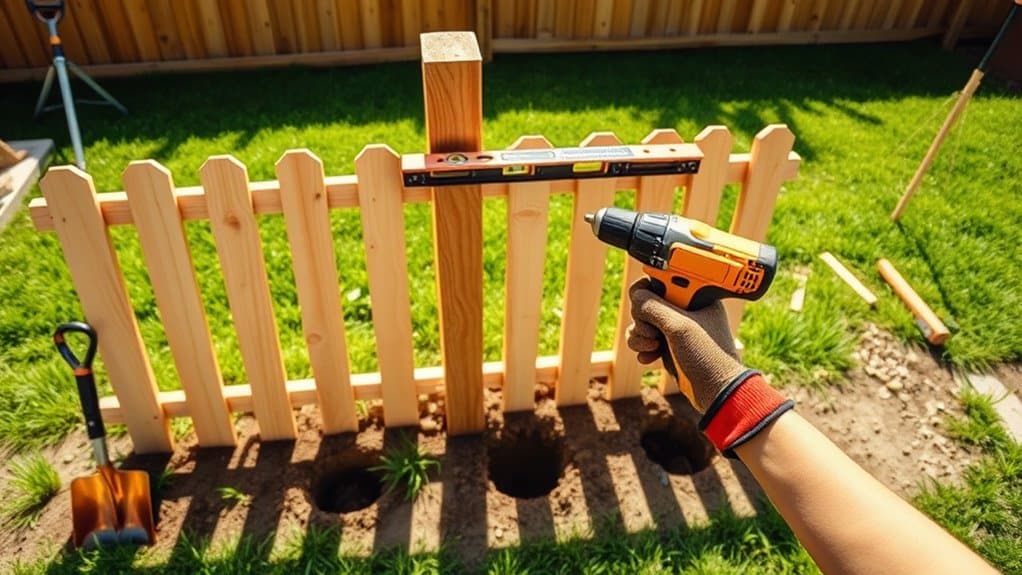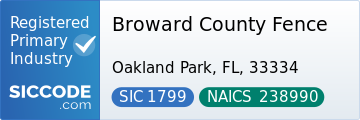For a successful fence installation, you’ll need some key tools. Start with a measuring tape or wheel for precise measurements. A post hole digger helps you create the necessary holes. Use a level to ensure everything is straight, and a circular saw for accurate cuts. Multi-purpose fencing pliers make handling wire easier. Ground stakes are great for maintaining alignment, while a powered auger speeds up the digging process. Don’t forget a claw hammer for fastening and essential safety gear to protect yourself. Let’s get started!
Key Takeaways
- A measuring tape or wheel is essential for accurately determining fence lengths and post placements.
- Post hole diggers, manual or powered, are necessary for digging stable holes in different soil types.
- A circular saw provides clean cuts for fence materials; regular blade checks are important for safety.
- Multi-purpose fencing pliers are handy for cutting, splicing, and tensioning wire during installation.
- Ground stakes and safety gear, like glasses and gloves, are crucial for marking spots and ensuring safety on the job.
Measuring Tape/Measuring Wheel
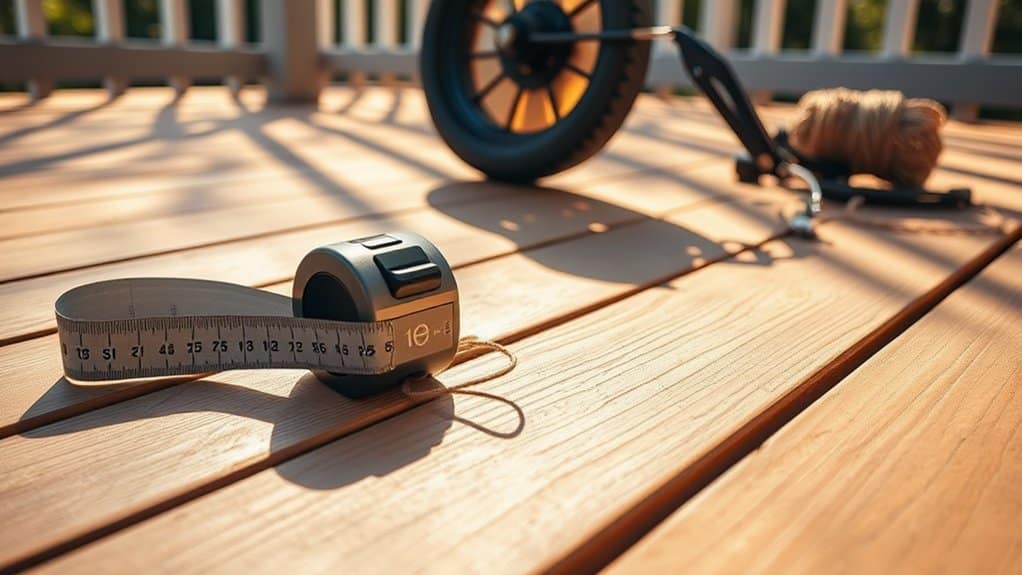
Accurate measurements are crucial for successful fence installation. A measuring tape is portable and versatile, making it easy to measure fence lines and post placements.
Opt for a long tape (25 feet or more) to cover larger distances effortlessly. For bigger areas, a measuring wheel is ideal; it efficiently measures long or curved sections without needing help, providing consistent and precise readings. Using a high-quality level ensures that your measurements translate into a straight and level fence, enhancing the overall aesthetics and functionality of your installation. Additionally, understanding local regulations regarding height and design restrictions can guide you in making informed decisions during the installation process.
Using both tools together improves your planning accuracy, ensuring your fence aligns with property lines and local regulations. Accurate measurements can save you time and money by avoiding costly mistakes.
Post Hole Digger
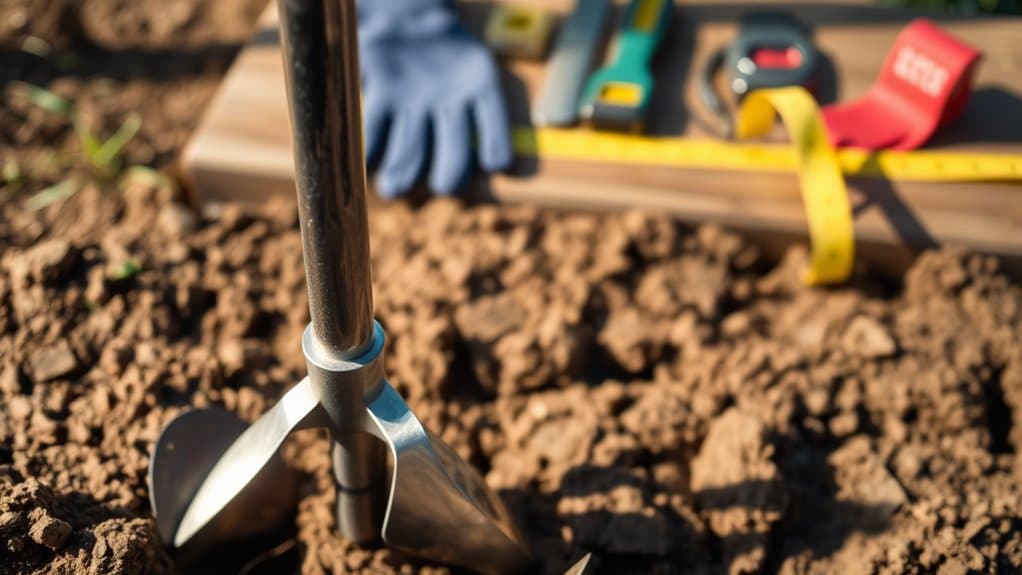
Choosing the right post hole digger is crucial for fence installation. There are several types available, including manual and gas-powered options, each designed for different soil types and project sizes. Knowing how to dig properly and keeping your tool in good shape will help you create effective holes for your fence posts. Additionally, post material can influence the type of digger you choose, as some materials may require deeper or wider holes for optimal stability. In Florida, it is important to consider proper fence post installation practices to ensure the longevity and stability of your fence.
Types of Post Hole Diggers
Post hole diggers come in various types, each suited for different soil conditions and user preferences. You can choose from wooden, fiberglass, steel, and composite handles. Wooden handles are lightweight and flexible, while fiberglass is durable and weather-resistant. Steel handles provide stability for tough soil but can be tiring to use. Ergonomic designs improve comfort and reduce strain. Selecting the right post hole digger can significantly improve your project’s success and efficiency, ensuring that you meet client satisfaction and avoid delays in installation. Specialized diggers, like clamshell or Fiskars models, enhance digging efficiency with features like sturdy steel blades, offset handles to protect your knuckles, and depth markers for precise holes.
Proper Digging Techniques
Proper digging techniques are crucial for a stable and durable fence. Start by marking your fence line with stakes and string to ensure accurate hole placement.
Dig each hole to one-third to one-half the height of the fence post, keeping an eye on the depth. Before inserting the post, add 6 inches of gravel for drainage.
Instead of using a shovel, which can create wide holes, opt for a post hole digger for narrower, more precise holes.
When backfilling, compact the soil firmly around the post for added stability. By following these steps, your fence will be securely installed. Additionally, ensure you are aware of local laws regarding fence installation in your area to avoid potential legal issues.
Maintenance and Care Tips
To keep your post hole digger efficient and safe, regular maintenance is key. Here are some straightforward tips:
- Inspect Components: Check the powerhead, moving parts, and auger blades for wear or damage regularly.
- Clean After Use: After digging, wipe off dirt and debris. A quick soak in soapy water and thorough drying will help maintain performance.
- Lubricate Properly: Apply light oil to the moving parts and follow the manufacturer’s guidelines for checking transmission and engine oils.
- Sharpen Blades: Keep your blades sharp for efficient drilling. Regularly sharpen or replace them and ensure they’re aligned correctly.
Proper care will extend your tool’s life and ensure safety while working.
Level
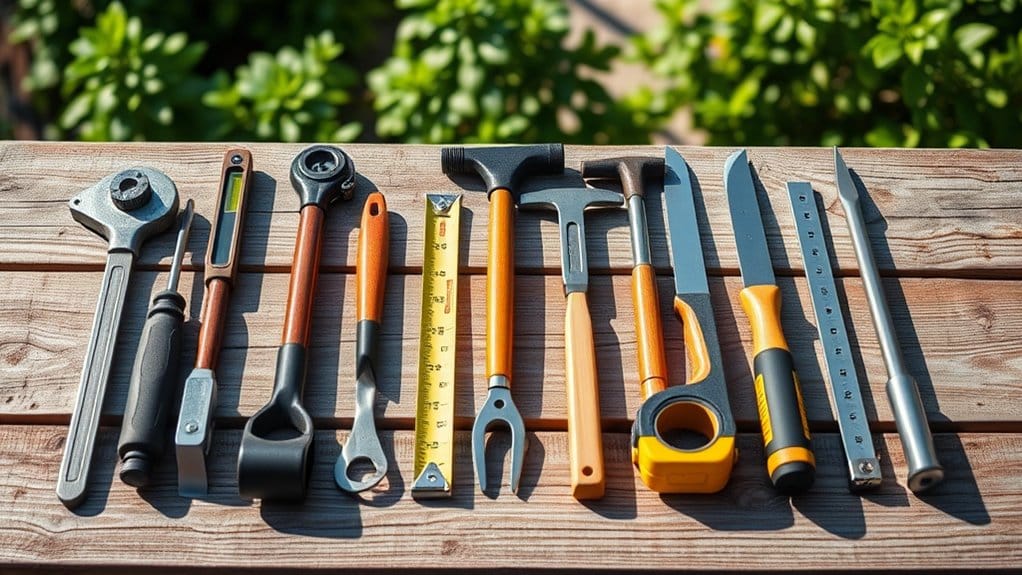
To achieve a level fence, use tools like laser levels, spirit levels, and electronic levels. This is especially important on uneven ground, where you’ll need to adjust the height of posts or panels.
Before you start, check the soil and look for any visual issues. Use stakes and twine to mark your fence line, ensuring it’s level and straight.
For long distances, a string level or laser level will help maintain precision. Tools with built-in levels can also make your work easier, ensuring every part of your fence looks professional. Additionally, maintaining consistent hole depth is crucial to prevent leaning and ensure stability.
Circular Saw

A circular saw is a must-have for fence installation, offering the accuracy needed for clean, straight cuts in materials like wood, vinyl, and metal. Here are some key benefits:
- Adjustable Depth: Set the blade depth to match material thickness.
- Efficiency: Speed up your work with quick, precise cuts.
- Material Versatility: Easily cut through various materials.
- Safety Features: Use guards and ergonomic handles for safer operation.
To keep your circular saw in top shape, regularly check the blade sharpness and functionality. Additionally, consider the long-term durability of the materials you are cutting, as this can impact the overall success of your fencing project.
Always wear safety gear, such as gloves and goggles, and maintain a tidy workspace to avoid accidents. This way, you can fully enjoy the benefits of your circular saw.
Multi-Purpose Fencing Pliers
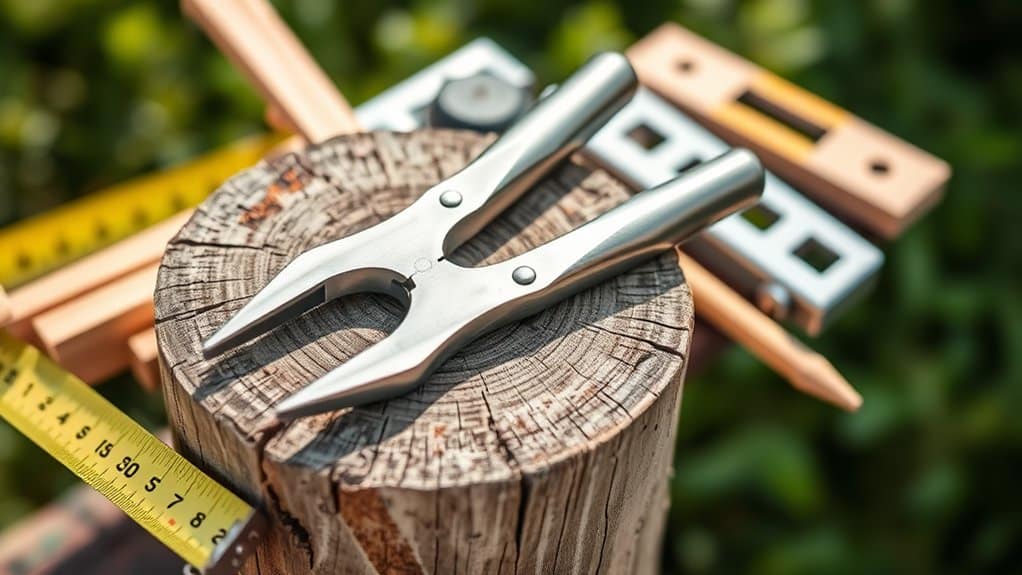
Multi-purpose fencing pliers are crucial for working with wire during fence installation.
They allow you to cut, splice, and tension wire easily, making the process faster and more efficient.
With their versatility, they simplify various tasks, making them an essential tool for any fencing project.
Versatile Wire Manipulation
For versatile wire manipulation, multi-purpose fencing pliers are a must-have for both pros and DIYers. They handle various tasks efficiently, making them essential for fencing projects.
Here are four key features to look for:
- Wire Cutting: Easily cuts through tough materials, like barbed wire.
- Tension Adjustment: Gripping jaws allow for precise tensioning and bending of wire.
- Staple Removal: Built-in claw makes it easy to remove staples.
- Compound Action: Provides extra force for effective manipulation with less effort.
These pliers improve your workflow, enhance safety, and adapt to different fencing materials, making them an essential tool in your kit.
Essential for Fence Assembly
Essential tools, such as multi-purpose fencing pliers, are crucial for assembling fences. These versatile pliers serve multiple purposes: they’ve a hammer face for driving staples, a staple remover for easy extraction, and a wire tensioner for optimal fence stability.
The built-in cutters make it easy to snip through various fencing wires, which is vital during installation. Whether you’re setting up wire fencing or fixing a damaged section, these pliers simplify the job and save time.
They’re lightweight, durable, and designed for portability, making them easy to handle. With ergonomic grips, you can work efficiently while reducing the risk of injury.
Investing in quality multi-purpose fencing pliers is a smart choice for any fencing project.
Electric Screwdriver
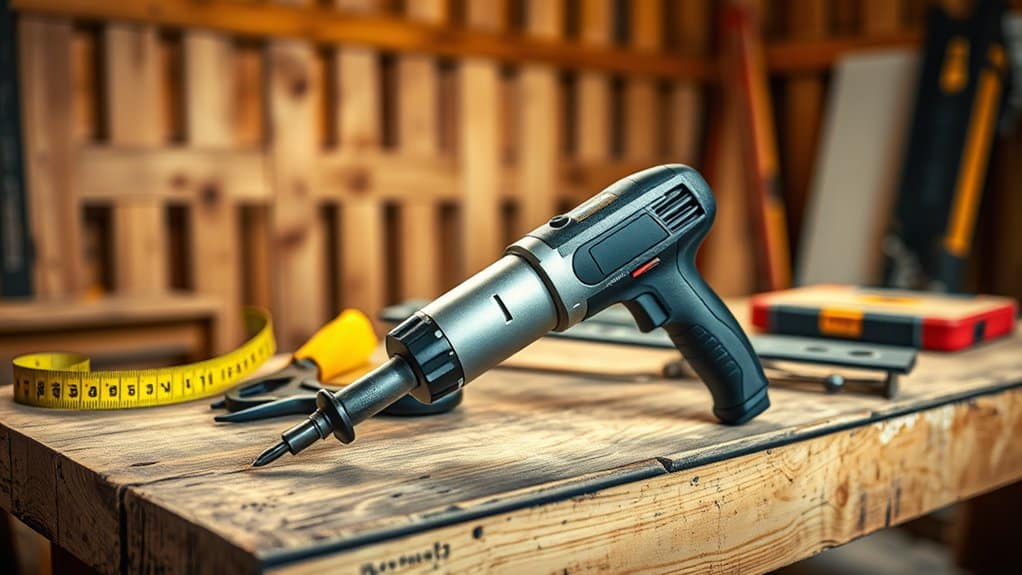
An electric screwdriver is a handy tool that makes driving screws easier, especially for fence installation. Here’s what to consider:
- Features: Look for adjustable torque settings to match different materials.
- Portability: Cordless models let you work anywhere without being tied to a power source.
- Battery Life: Choose models with high amp-hour ratings for longer use.
- Comfort: Opt for designs with ergonomic grips to prevent fatigue.
Using an electric screwdriver boosts your efficiency, helping you finish your fence project quickly and accurately.
Ground Stakes
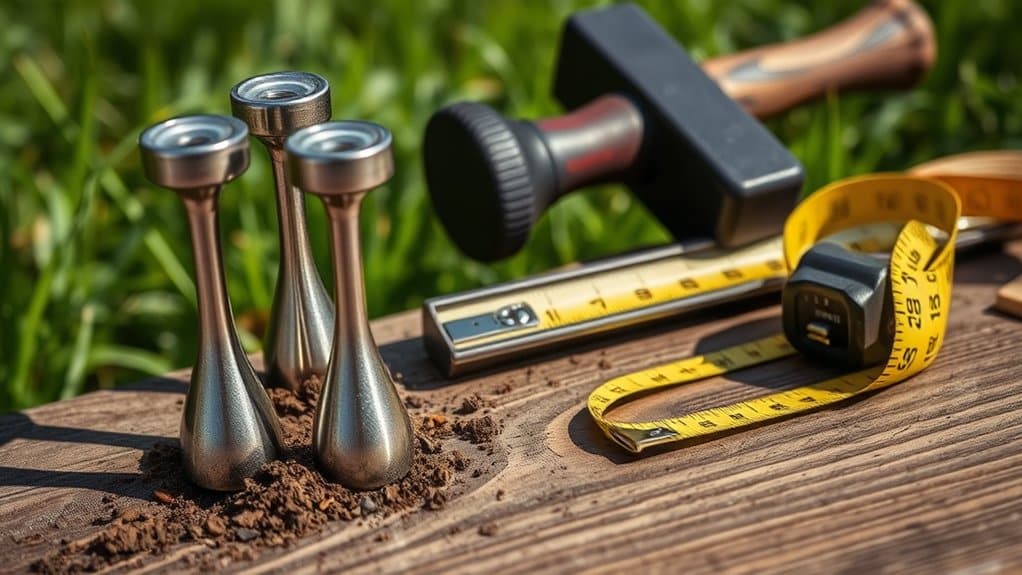
Ground stakes are crucial for marking fence locations and ensuring straight lines during installation.
By placing stakes at regular intervals, you establish clear points for your fence, which helps maintain accuracy.
This setup is key for building a professional-looking fence that lasts.
Marking Fence Locations
Marking fence locations accurately is crucial for a straight and secure installation.
Here are four essential tools to help you:
- String Lines and Stakes: Use these to outline your fence line for precise placement.
- Measuring Tapes: Ensure even spacing between posts and stakes.
- Laser Levels: Ideal for aligning stakes and posts over long distances.
- Post Hole Diggers: Create holes for posts and position stakes accurately.
Ensuring Straight Alignment
To ensure your fence stays straight during installation, start with 18-inch ground stakes, buried securely to prevent movement.
Position these stakes no more than 6 inches above the ground for better alignment. Use a string line to mark the outside edge of the fence, simulating where the fabric or pickets will go.
Place stakes at corners, ends, grade changes, and every 200 feet to maintain straightness. Keep stakes clear of post holes to avoid digging issues.
Regularly check your alignment with the string line to keep your fence looking great throughout the process.
Auger With Engine

When installing a fence, an engine-powered auger makes the job easier and faster. It cuts down on manual labor and allows for quick adjustments.
Here are the main benefits of using this tool:
- Fast Drilling: Drills holes at speeds up to 320 RPM.
- Strong Torque: Provides 45 ft. lbs. of torque to tackle tough soil.
- Variety of Bits: Comes with different sizes to fit various post widths.
- Cost-Effective: Saves money compared to hiring professionals for regular projects.
Claw Hammer
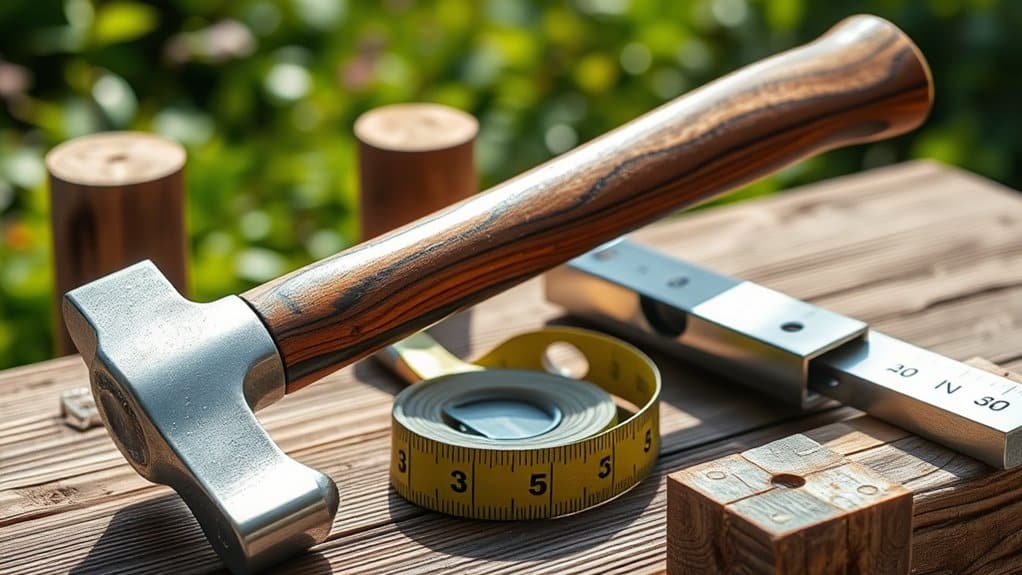
The claw hammer is a must-have for fence installation. Its fiberglass body and steel head make it durable yet lightweight, perfect for extended use. The ergonomic handle helps reduce fatigue, allowing for precise nail driving and plank securing.
What sets the claw hammer apart is its dual function: it drives and pries nails, making it essential for aligning wooden planks and assembling fence panels. While alternatives like ball peen hammers are great for metalwork, they aren’t as versatile for fencing.
Sledge hammers aren’t precise enough for nailing, and rubber mallets can’t drive nails effectively. That’s why the claw hammer is the top choice for any fencing project.
Safety Gear
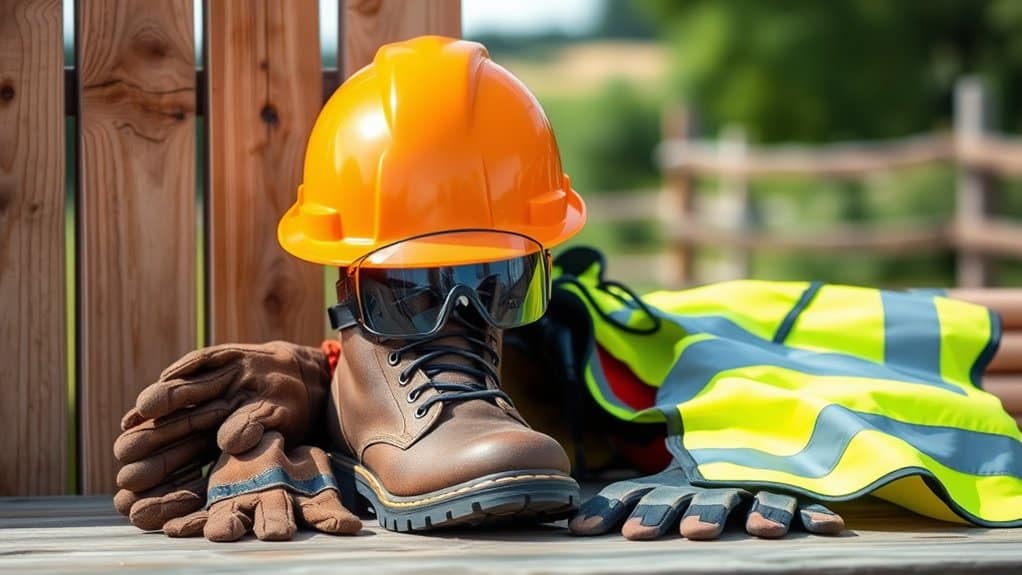
Safety gear is crucial for fence installation, helping workers stay safe from hazards. Following safety regulations and using the right equipment can significantly lower injury risks.
Here are four essential items:
- Safety Glasses: Protect your eyes from debris and flying particles.
- Steel-Toed Boots: Shield your feet from heavy objects and ensure stability.
- Work Gloves: Safeguard your hands when handling sharp materials.
- Hearing Protection: Protect your ears from loud power tools.
Investing in good safety gear enhances protection and promotes a safer work environment.
Always prioritize safety for a successful fence installation.
Frequently Asked Questions
How Do I Choose the Right Fence Material?
To choose the right fence material, think about your budget and what look you want. Consider how much maintenance you’re willing to do—wood looks great but needs upkeep, while vinyl is low-maintenance. Pick a material that meets your needs and fits your style.
What Type of Fence Is Best for My Property?
To choose the right fence for your property, think about its purpose, durability, and look. For instance, if privacy is a priority, a solid wood fence might work best. If security is your main concern, a tall metal fence could be ideal. Also, consider how the fence design matches your home’s style while meeting your specific needs for maintenance and aesthetics.
How Deep Should Fence Post Holes Be?
Dig post holes to a depth of one-third the post’s length. If you’re in sandy soil, go deeper. In colder climates, ensure the posts are below the frost line for better stability.
Do I Need a Permit for Fence Installation?
You may need a permit for fence installation, depending on where you live. It’s best to check your local regulations to avoid fines and ensure your fence meets safety standards. For example, some areas require permits if your fence exceeds a certain height. Always verify before starting your project!
How Can I Prevent Fence Posts From Rotting?
To prevent fence posts from rotting, use pressure-treated wood and add gravel around the base for better drainage. Regularly apply a wood treatment to boost durability and protect against moisture. This way, your fence will last longer and stay strong.
Conclusion
Gathering the right tools for fence installation is key to success. Imagine the satisfying sound of posts being set into the ground, the measuring tape helping you get accurate lengths, and the level ensuring everything is perfectly aligned. With these essential tools, you’re not just building a fence; you’re creating a strong and attractive boundary for your property. Equip yourself properly, and you’ll turn your vision into a reality—solid, secure, and well-defined.
